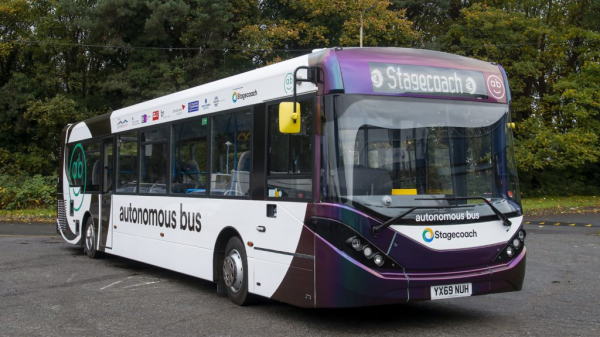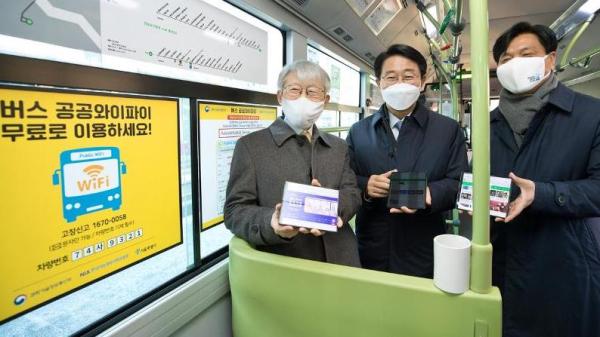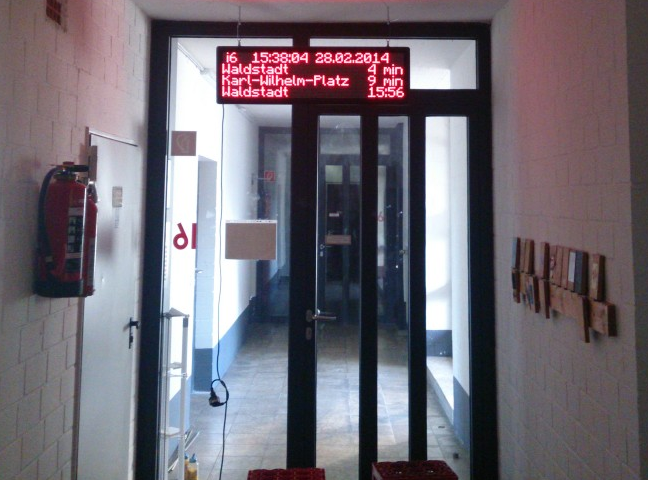The 1970s was a perfect time for alternative modes of transport to be trialed that might replace cars in the wake of the global oil crisis. One of these was the Cabinentaxi, or C-Bahn as it was later called, which was a variation on the standard suspended and monorail concepts.
It was a people mover concept, with ‘pods’ (or cabins) that’d ride either on top of or below the suspended track. It was tested intensively over the course of six years, performed admirably, and completely failed to materialize commercially due to budget crunch times around the world.
Recently [Tim Traveller] went to the muddy farm field that once housed the big test track (pictured above), of which nothing remains but the gates and a sign. Despite the fact that few people have heard of Cabinentaxi prior to seeing [Tim]’s video or reading this, there is a big Wikipedia entry on it, as well as a (German language) site dedicated to the technology.
What made the C-Bahn different from trains and buses were the smaller pods, high throughput capacity and ability to call a pod on demand at any of the stations. This kind of flexibility is what is seen more or less with today’s people moving systems at airports and some cities, except the C-Bahn was classified as a personal rapid transport (PRT), with on-demand pods that could travel between any two stations without stopping or delays. This is something that isn’t seen with public transport today, even if self-driving cars purport to one day do this kind of trick.
Considering that this technology died most due to economical circumstances, we remain hopeful to see its revival one day.
Continue reading “Germany’s Cabinentaxi: The Double-Sided Monorail That Wasn’t Meant To Be”

















